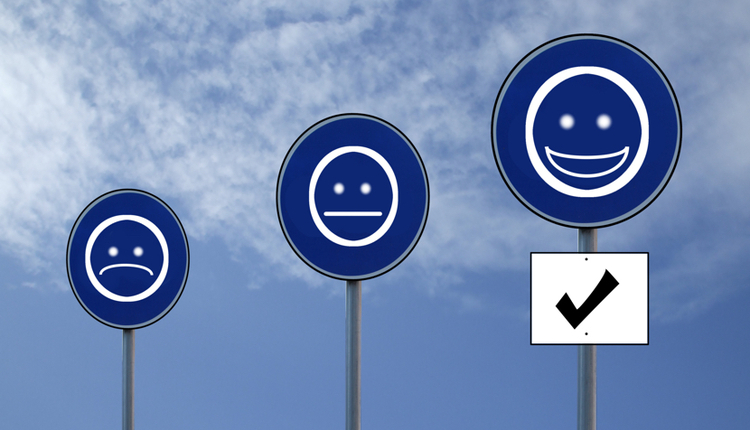
Image by: Dmitry Fisher, ©2016 Getty Images
Focus on customer needs
Maria Boos of Siegel+Gale set the stage, reinforcing the need for simplicity and transforming the customer experience primarily around customer needs and then technology. While technology is the enabler, first you must know where you want to go. Companies that focus on the best user experience showed a 50% better stock performance than the average (up 108% versus 72% for the S&P 500 between 2007 and 2014—and versus 28% for the laggards).
Most companies fail to provide a seamless customer experience. Until this conference, I never understood why when I call into a call center, I have to repeat information more than once. After telling the automated system my “life story,” I often have to repeat the same information to the customer service representative. Why? Because the systems do not talk to each other. It is annoying, wasteful, and time-consuming for both the customer and the company. It degrades the customer experience and hurts loyalty and referrals. These silos also inhibit a company’s ability to properly mine customer data.
Moving toward results
There was much discussion around the major trends that are transforming customer communications, including the rise of the cloud; the use of Big Data to target customer communications and messaging, making customer interactions more relevant, creating greater efficiencies, and having better control of operations; the necessity of information security (it’s the hacker versus the company, every minute of every day); and a renewed focus on achieving real results. Businesses cannot afford to wait, because they need results now—in cost, in customer experience, in operational efficiencies, in customer acquisition, etc.
The need to achieve goals is no surprise, but how do you do that? Companies and project teams must be agile and not be afraid to fail and fix. Solutions must be rapid, repeatable, and scalable, all with the end goal of moving from multi-channel to omni- channel. Some companies have established a center of excellence to transform the customer experience by improving and standardizing forms. Rather than each department learning the intricacies of proper forms design and the accompanying tools, in-house shared services make a lot of sense. They avoid duplication and lessons learned can be carried to new projects. This approach can help to create standards across the business units (silos); simplify and transform documents, putting them into plain language; and test changes before rolling them out.
Where do we go from here?
Create the omni-channel experience for your customer, clearly and concisely. Don’t be afraid to make mistakes, and don’t try to boil the ocean. Take on manageable, scalable projects, which deliver results that improve the customer experience, build customer loyalty, grow sales, and increase profitability.
Richard Rosen is the chief executive officer of The RH Rosen Group. The RH Rosen Group works with clients to reduce costs and improve cash flow through paper reduction and process improvements. Contact him at RichR@RHRosenGroup.com.
DSF ’17 will be held on May 1-3, 2017 in downtown Chicago at the Marriott Chicago Magnificent Mile. To request information on attending, exhibiting, or sponsoring DSF ‘17, please call 866.378.4991 or email jdunkel@EventEvolution.com.
Richard Rosen is the chief executive officer of The RH Rosen Group. The RH Rosen Group works with clients to reduce costs and improve cash flow through paper reduction and process improvements. Contact him at RichR@RHRosenGroup.com.


























